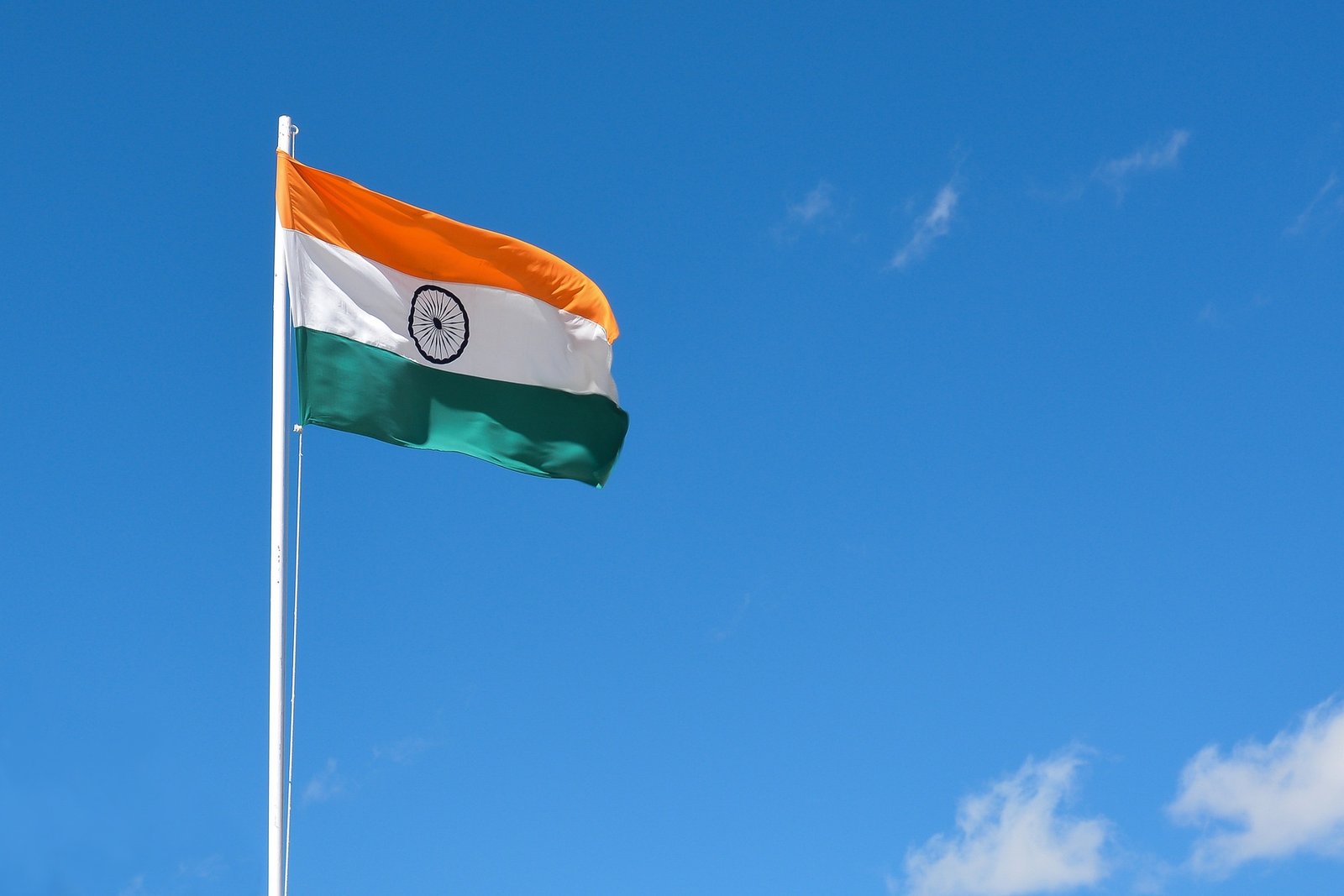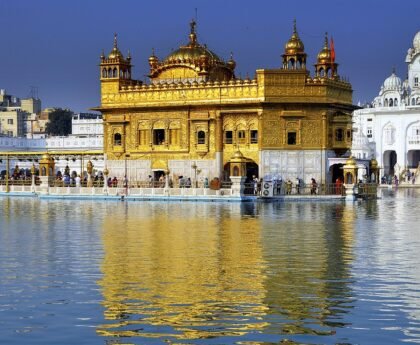The Indian flag is a tricolor flag with equal horizontal stripes of saffron, white, and green. In the center of the white stripe is a navy blue wheel with 24 spokes, known as the Ashoka Chakra. The flag was adopted on July 22, 1947, as India gained independence from British rule.
Each color of the flag holds significance. Saffron represents courage and sacrifice, white represents purity and truth, and green represents prosperity and fertility. The Ashoka Chakra is a symbol of the dharma, which means righteousness, duty, and cosmic law.
The flag has strict guidelines for its display and use. It should never touch the ground or be used as a drapery, and it should not be flown upside down or with any additional symbols or words added to it.
The Indian flag is not only a symbol of the country’s independence and unity but also a representation of its rich cultural heritage. It is often flown at government buildings, schools, and private homes during national holidays and events.
In 2002, the Indian government issued a set of guidelines for the manufacturing and use of the national flag to ensure its proper display and respect. The guidelines also state that the flag should be made of hand-spun and handwoven khadi, a fabric that played a significant role in India’s independence movement.
Overall, the Indian flag is a powerful symbol of the country’s rich history, culture, and values. It serves as a constant reminder of India’s independence struggle and the sacrifices made by its people.





